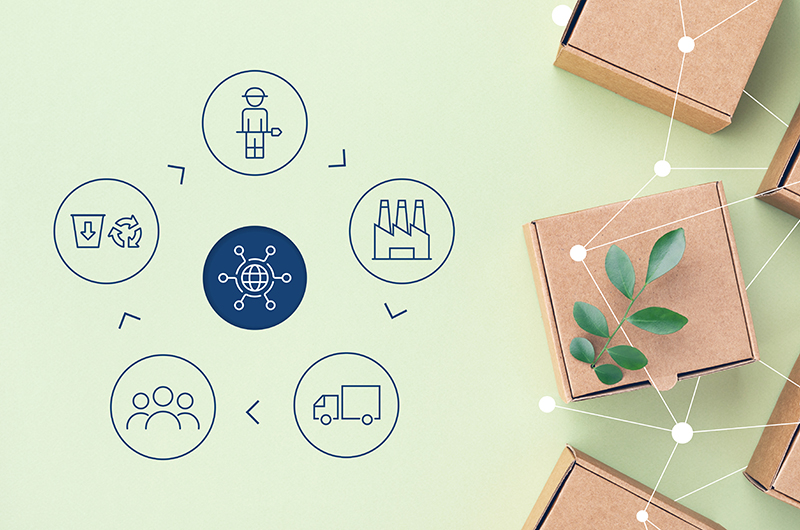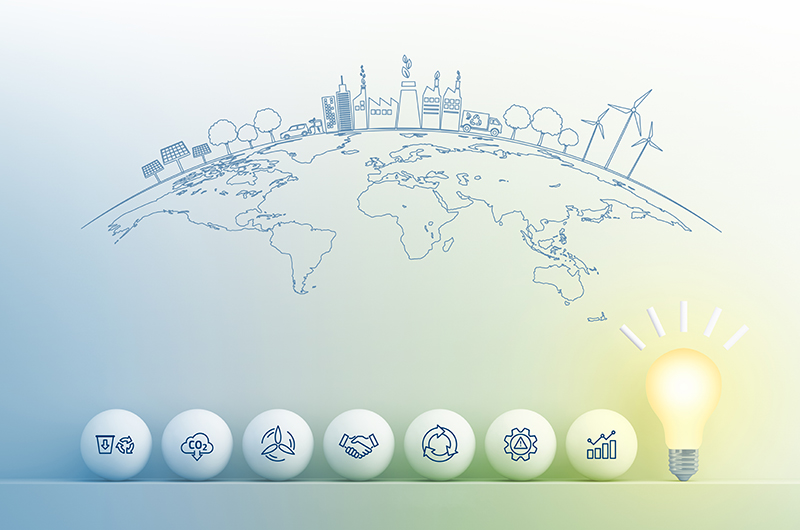- Reduce waste: Digital tools enable better forecasting and demand planning, leading to more efficient use of resources. This reduces overproduction, minimizes waste, and optimizes inventory levels.
- Audit and reduce GHG emissions: With a traceability platform, companies can more successfully scrutinize the Scope 1, 2, and 3 emissions from both their operations and their upstream/downstream suppliers. Real-time data becomes the foundation for generating less GHG emissions and simplifying reporting to regulatory bodies.
- Energy efficiency: Automation and smart technologies in digitalized supply chains can lead to more energy-efficient operations. For example, optimizing routes for transportation reduces fuel consumption and implementing smart warehouses can drastically reduce energy usage.
- Tighter partner collaboration: Digital traceability platforms can facilitate collaboration between different stakeholders in the supply chain, encouraging the sharing of best practices and joint initiatives for more ethical and sustainable sourcing and production.
- High-performance lifecycle management: Traceability platforms can greatly contribute to more effectively managing the entire lifecycle of a product, from design to disposal, ensuring that each stage is as sustainable as possible and even fostering a circular economy where an entire product or its materials and components are recycled or revalorized. Asset tracking capabilities can also make it easier for companies to carry out their returnable industrial packaging procedures.
- Eliminate the risks associated with paper-based workflows: Verifying the legitimacy of paper-based records in a supply chain is an unreliable process, prone to fraudulent activities and making it easier for counterfeit goods to enter a supply chain. Digital traceability systems offer robust security measures for increased transparency and faster detection of anomalies.
- Streamline reporting: By automating data collection and management, a digital supply chain ensures that accurate and up-to-date information is readily available, reducing the time and effort required to compile regulatory compliance reports. Digital records are easier to audit and verify, offering a clear and transparent trail that auditors can easily access and review. This level of efficiency and real-time accuracy in reporting not only simplifies compliance but also positions companies to respond more swiftly to regulatory changes.
Between the pressing need for more sustainable supply chains and ensuring optimal supply chain management performances, businesses stand at a crossroads. The journey toward greener logistics is clear: integrating cutting-edge technology and digitalization supply chains will become more and more urgent for companies to fight climate change and guarantee their long-term economic viability. Would you like to learn more about the state of sustainable supply chains as we end 2023? Check out MIT’s most recent report here.








